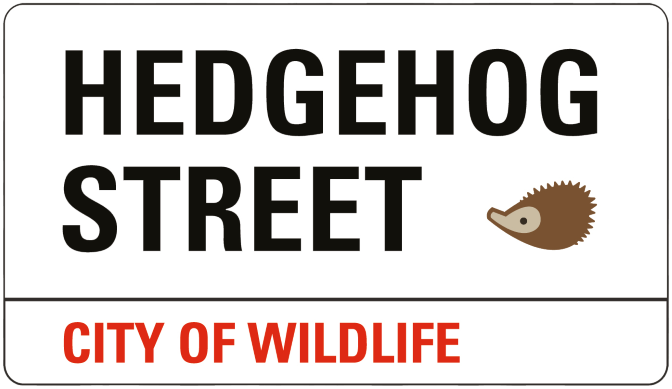Wildlife gardening for beginners: Part 1
27th April 2020
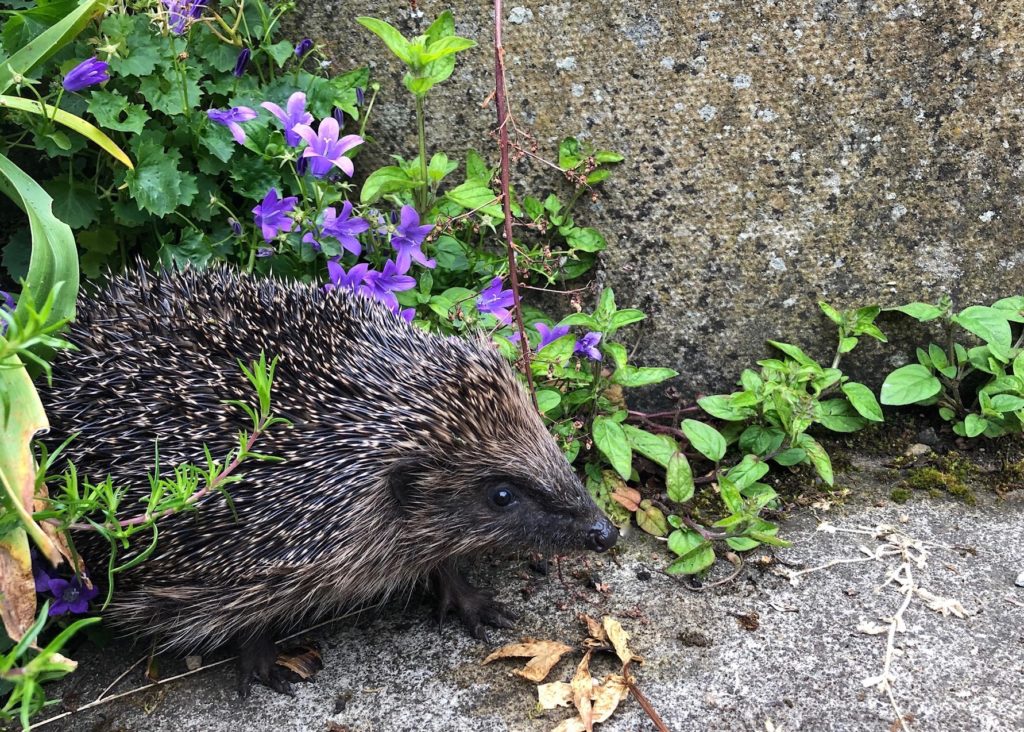
If you’re a novice gardener like I am, it’s difficult to know where to start when it comes to making your garden a wildlife haven. There’s shrubs, hedges, flowers, trees, as well different soils and climates to think about.
Here we’ll take a look at some of the most important (and simple) ways to improve your garden for wildlife.
Check out the rest of our wildlife gardening for beginners series here:
Part 1: Plants
It’s important to have a mix of different plants in the garden. Flowering plants, mixed in with shrubs and the occasional tree (depending on space) will together create shelter and food for a variety of species, including hedgehogs.
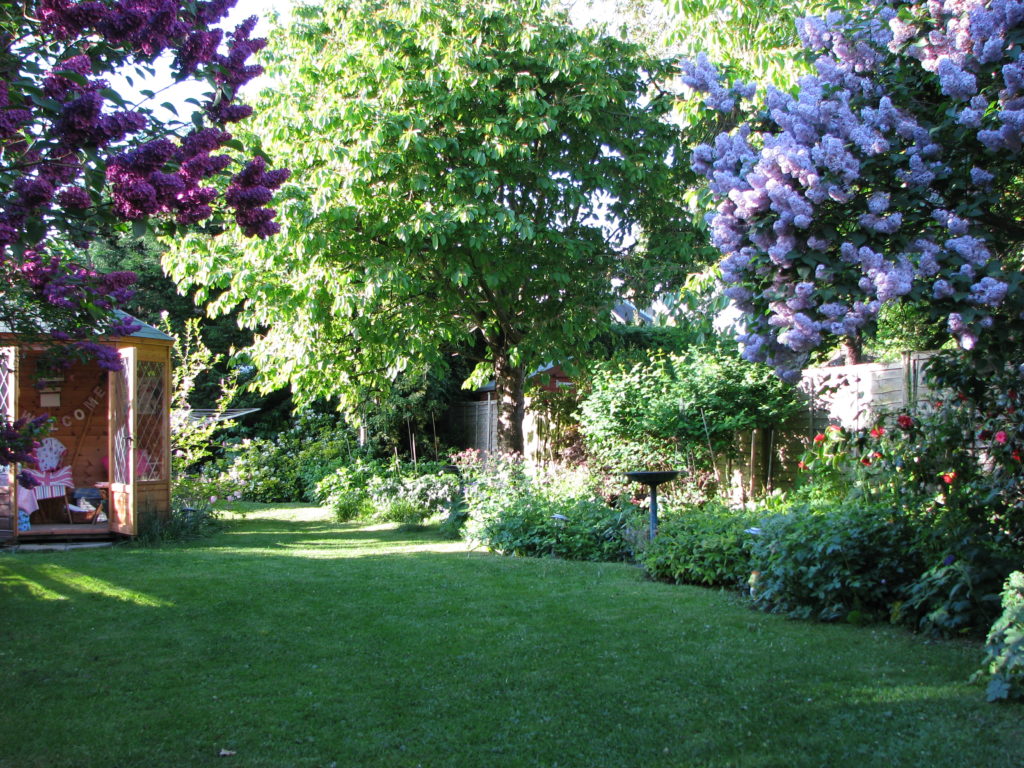
- Annual plants germinate, flower and die within a year, creating fast impact. Examples include cornflower, poppy and nigella. They therefore create a burst of instant colour but won’t stand the test of time.
- Biennial plants germinate, flower and die within two years, again creating annual and biennial plant seeds will need to be harvested and replanted every 1 or 2 years to keep them going. A slightly longer term solution.
- Perennial plants flower every year, and generally get bigger. If you’re planning more long term for your garden, plant some perennials such as birds-foot trefoil, knapweeds and vetches.
Shrubs are small bushes or woody plants, which together form dense cover and a rich food source for hedgehogs! Advice on different shrubs for different areas and soil types can be found HERE.
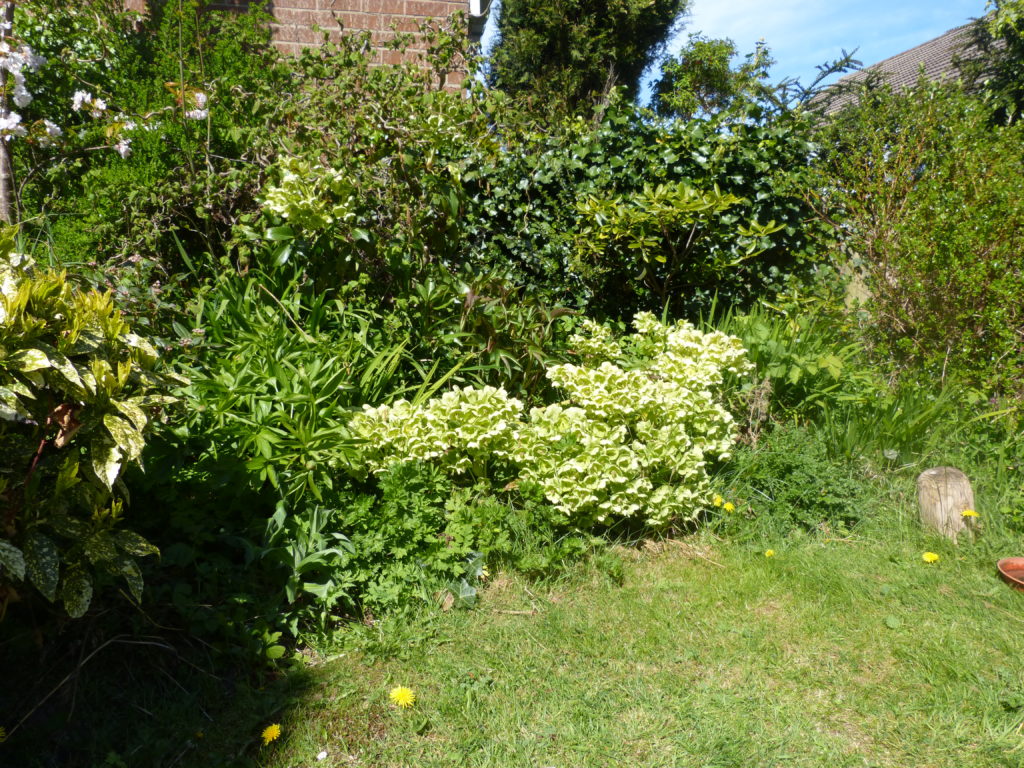
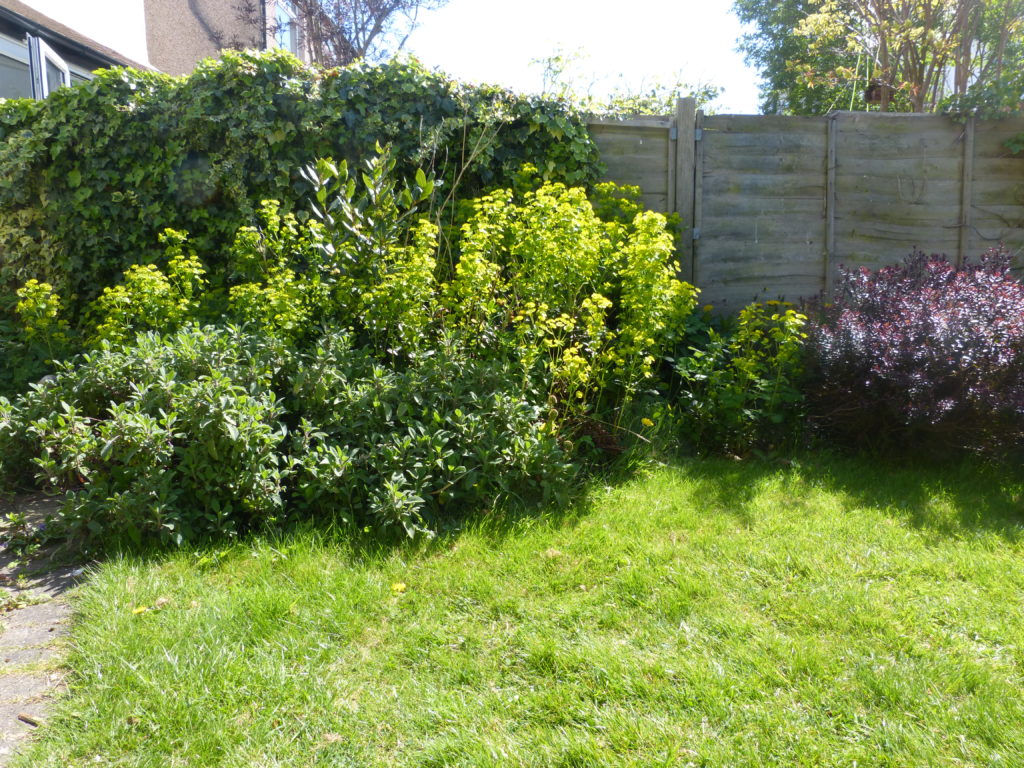
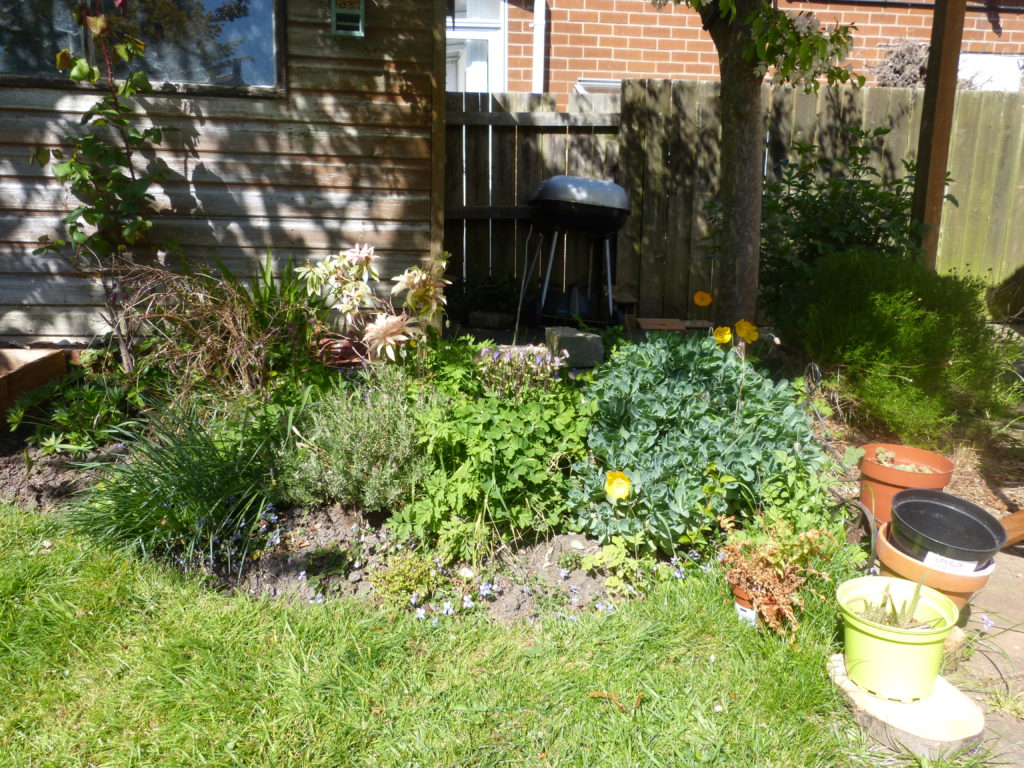
A UK grown fruit tree, as well as hawthorn and hazel will all encourage insects as well. Young apple trees can be bought at garden centres and are sturdy and easy to grow, plus hedgehogs and insects can feed on fallen fruit. You can find instructions for how to plant your fruit tree HERE.
(Hedgehogs may come across fallen fruit while foraging, but extra items shouldn’t be offered as supplementary food. Find out what food you can offer hedgehogs here.)
Native wildflowers are colourful, hardy and low maintenance, plus attract plenty of insects. Seedballs are a great place to start as they’re easy to grow and provide variety.
If you’re not sure which plants to grow when, you can check this Plants for Pollinators guide.
It’s important to rethink weeds – for example dandelions are great for pollinators!
Remember that the use of chemical pest control in the garden can poison hedgehogs, so organic gardening is recommended, and here’s some ideas for safe slug control.
